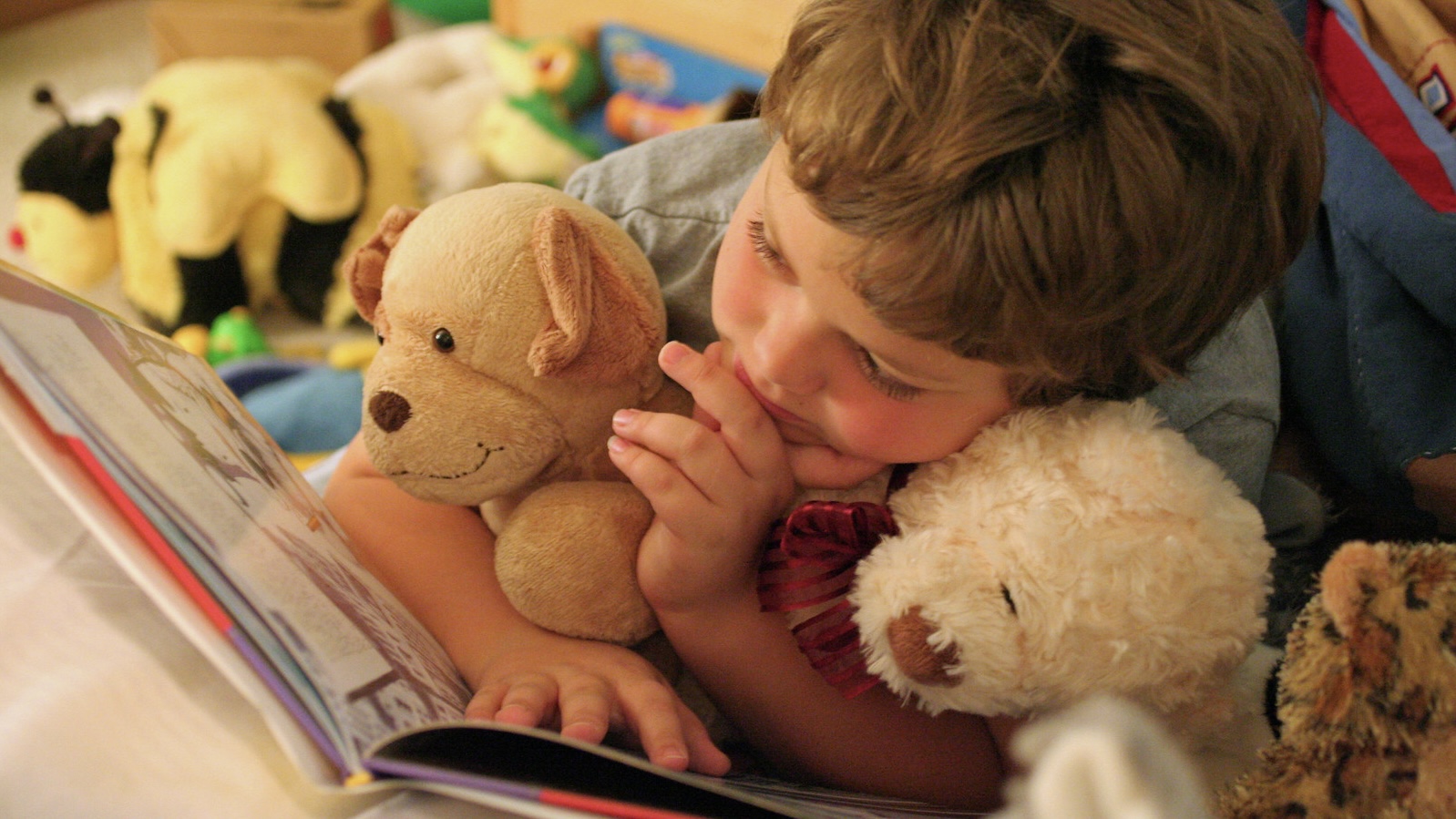Climate Crisis Decoded: How Kids Are Teaching Adults About Global Warming

Decoding Climate Science: A Grown-Up's Guide to Understanding Global Warming
Imagine our planet Earth is like a giant greenhouse with a special blanket of gases surrounding it. This blanket, called the atmosphere, helps keep our planet warm and cozy. But lately, something unusual is happening - this blanket is getting thicker and trapping more heat than ever before.
What's Really Going On?
When we burn fossil fuels like coal, oil, and gas for energy, we release extra greenhouse gases into the atmosphere. These gases act like an extra-thick layer of insulation, preventing heat from escaping back into space. It's similar to wearing a winter coat on a hot summer day - you'd get uncomfortably warm!
The Consequences of Our Warming Planet
As the Earth gets warmer, we're seeing some dramatic changes:
- Polar ice caps are melting faster
- Sea levels are rising
- Extreme weather events are becoming more frequent
- Many animal species are struggling to adapt
What Can We Do?
The good news is that we're not helpless! By making smarter choices about energy, transportation, and consumption, we can help slow down global warming. Every small action counts - from recycling to using renewable energy sources.
Understanding climate science isn't about feeling guilty, but about becoming informed and empowered to make positive changes for our planet's future.
